Passing is one of the fundamental skills in football, especially in the initiation and technical stages. However, it should not be trained from the earliest stages of the player, as it requires an advanced understanding of the game. In MBP, this period is known as Egocentric sub-stage II.
But what is the skill of passing?
Passing is a crucial action in football that involves the transfer of the ball from one player to another. It is a technical skill that allows for connecting and establishing effective interactions between teammates. A well-executed pass not only facilitates the movement of the ball, but also helps to maintain possession and create attacking opportunities.
At the MBP School of Coaches, passing is classified as a Basic Individual Attacking Fundamental and is defined as the ability to deliver the ball accurately and effectively to a teammate.
However, what optimal responses must the player execute to master the pass to perfection?
Like all training content, passing is made up of a series of simple and advanced concepts. The correct execution of all of them will lead to the player’s absolute mastery of the skill.
Simple Concepts:
– Use the inside of the foot for short and medium distance passes and the instep for long passes.
– Pass strong and firm.
– Make the pass facilitating the subsequent action of the teammate.
– Prioritise passing into spaces with an advantage.
Advanced Concepts:
– Prioritise passing over driving with the ball in zones of high density.
– Alternate short and long passes.
– Prioritise diagonal passes over vertical passes and avoid horizontal passes (only useful for linking them with a switch of play).
Once we have described the significance of the skill and the different most relevant optimal responses that allow its full mastery, it is time to delve into what training tasks can we use to improve passing?
Within the initiation period, the most used didactic strategies to train the individual basic fundamentals are the Possession Games, the Discontinuous Invasion Games, and the Real Conditioned Games.
These strategies are implemented to develop tactical concepts, such as ‘pass the ball to facilitate the subsequent action of the teammate’.
* Picture 1: Possession Game. Source MBP
*Picture 2: Real Conditioned Game. Source MBP
However, when the objective is to go deeper into more coordinative concepts, tasks that encourage repetition of the movement, such as circuits or analytical drills, will be prioritised. These DSs help players to perfect passing technique through constant practice and error correction in a controlled environment.
Do you want to be an expert in youth football?
In the Expert in Youth Football online course, you will learn to identify, understand, and transport to the sporting reality the psycho-pedagogical principles of football training in the formative stage. You will learn the MBP methodology in depth, mastering how to plan, according to the evolutionary stage of your players, the different content and concepts throughout the season, and design and implement the different didactic strategies that represent them.
You will understand how to integrate the role of the coach in the formation of values. You will also learn to adopt an evolutionary vision of physical preparation, focusing on the psychomotor development of players, to contextualize the conditional work within the technical, tactical, and collective game training. You will also be able to identify the bases of sensory training and its operation from evaluative techniques focused on the creation of metacognitive learning.
Ultimately, you will learn to observe the game with tactical intentions and to use a game model suitable for all the different youth ages in football.
Click here for more information

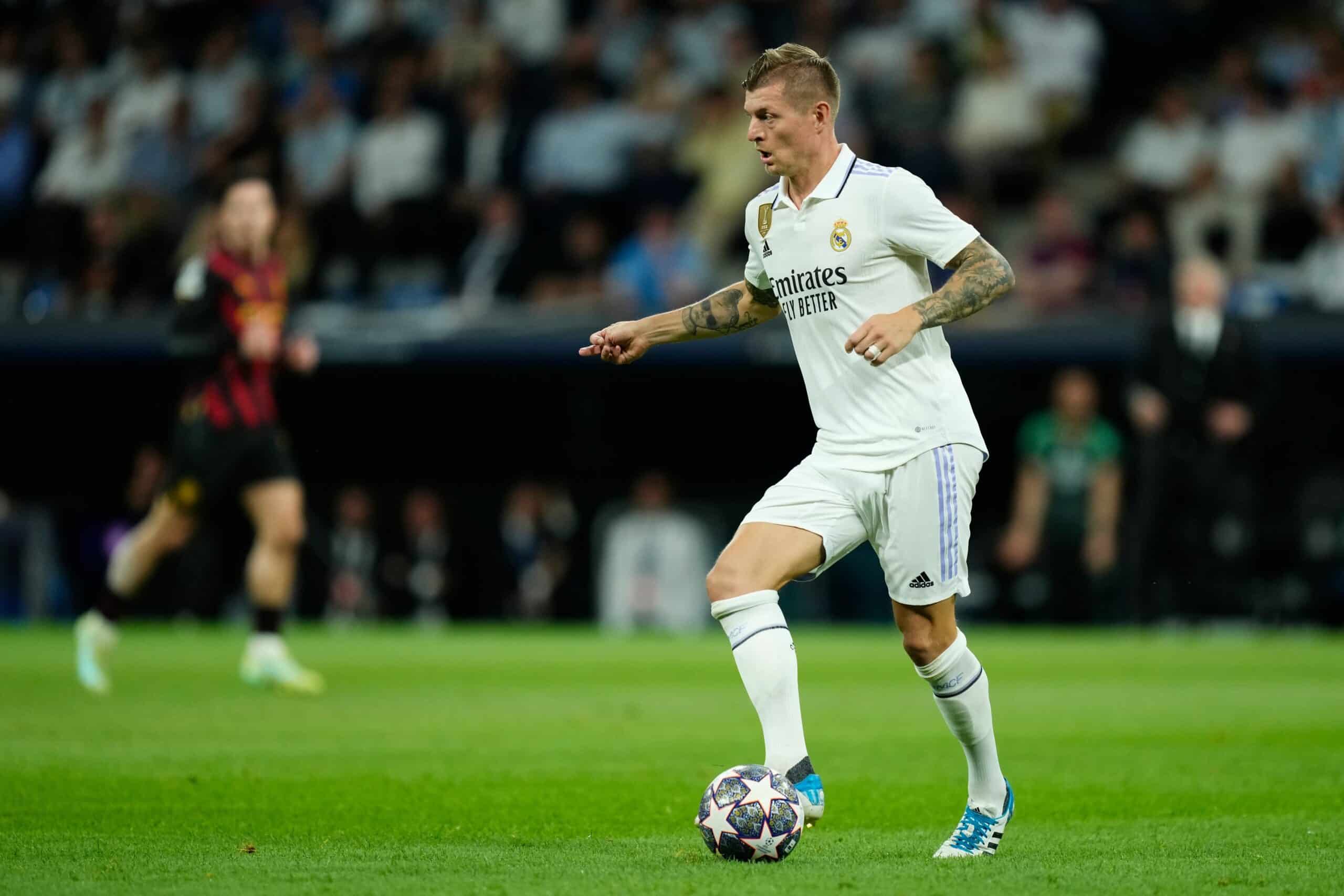

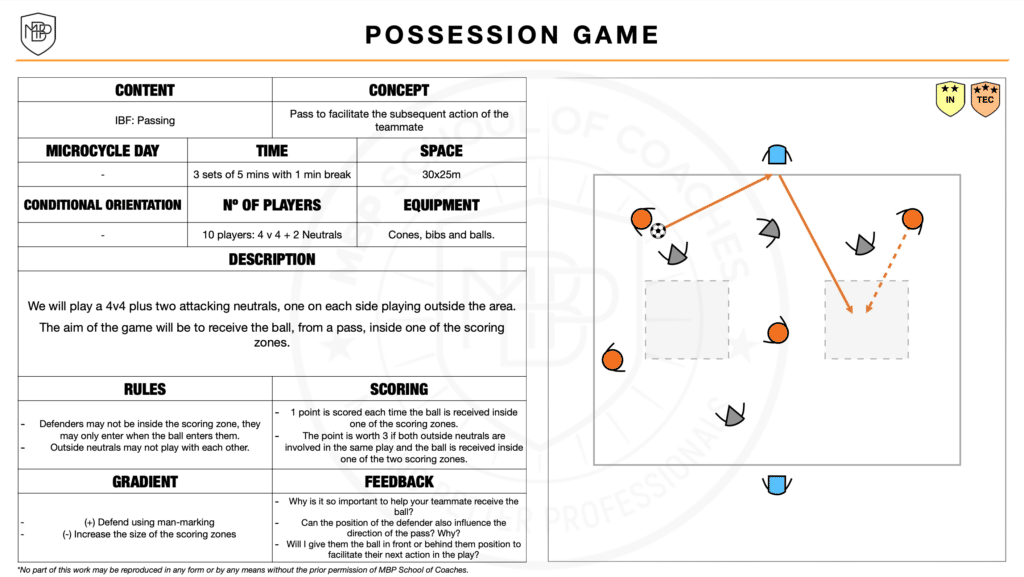
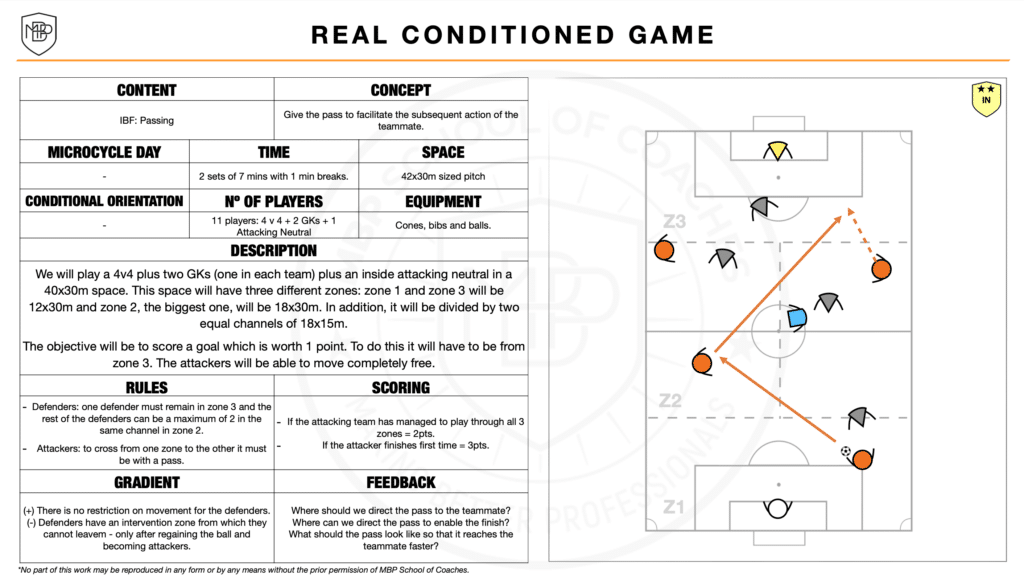

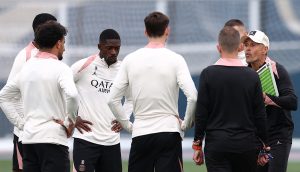



Honestly, if you are not reading, you are not ready. I love working with the older youths and it’s working.
thank you so much.